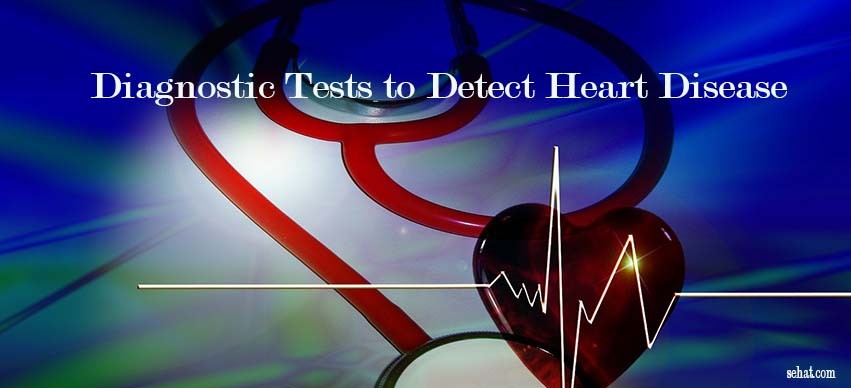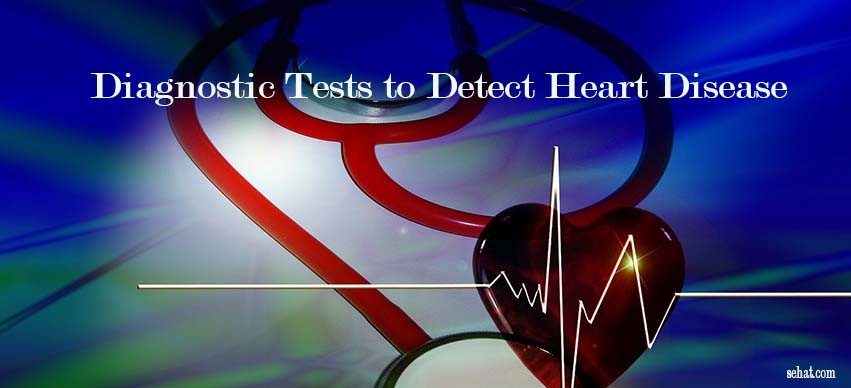Targeted Therapy on the Rise: Exploring Rivoceranib for Hepa..
4 Min Read


If you find yourself experiencing symptoms that may be a sign that you have a heart disease, it is important that you visit your doctor immediately. Your medical care team will determine if you have heart failure by conducting tests and procedures that are designed especially for this purpose. There are many diagnostic tests available nowadays, thanks to the great advancements made in technology and medicine. Diagnostic Tests Used to Detect Heart Disease
Before any tests are ordered by your physician, you will be asked multiple questions regarding your medical history and the symptoms that you have been experiencing. You will be asked to fill out a form that records the information you provided. Once these formalities are done, you will be given a physical examination. After the physical examination, your doctor will recommend diagnostic tests to help in finding out whether you have heart disease. These tests include:
This test is conducted while you are standing or lying down on a table. X-ray images are obtained from your front, back and sides. Chest x-rays are normally conducted in the physician’s office or in a radiology laboratory, depending on whether your doctor has the equipment required for the test.
This test is also known as ECG or EKG. It involves placing small electrodes on your chest, with wires that connect to the ECG machine. The machine is then used to record the rhythm of your heart, how frequent your heartbeat is as well as electrical conduction. Like chest x-rays, this test is painless. ECGs show:
This is an ultrasound test through which the structure your heart and its motion is examined. Sound waves are used in this type of diagnostic test. While you lay still on your back, a device is moved over your chest by an x-ray technician. A silent sound wave is emitted by the device and this sound wave creates images of valves and chambers as it bounces off your heart.
This test is often called by its short-form, MUGA. It involves injecting radioactive substances that are known as radionuclides into your bloodstream. Images are then generated through a computer to display the location of radionuclides in your heart. MUGA shows:
This test involves wearing a Holter Monitor, which is a portable device that is worn by the patient. You will be required to wear the monitor for a minimum of 24 hours, or as long as 72 hours, so that the ECG can be continuously recorded. It shows:
This type of diagnostic test is commonly known as a cardiac CT scan and it is a test used by many cardiologists to detect heart problems in their patients. In this scan, you will be required to lie down on a table that slides into a circular machine (doughnut-shaped). The machine has an x-ray tube that moves around your body. A cardiac CT scan is used to:
Other diagnostic tests for heart disease detection include Exercise Stress Test and Coronary Angiography, which is also known as Coronary Arteriography. Many of these tests are painless, although there are one or two procedures that may cause you some discomfort. With the help of these diagnostic tests, your doctor can quickly find out if you suffer from heart disease and provide you with proper treatment immediately.
Sehat provides a list of best Cardiologists in Hyderabad from which you can research and choose the right doctor for your condition.